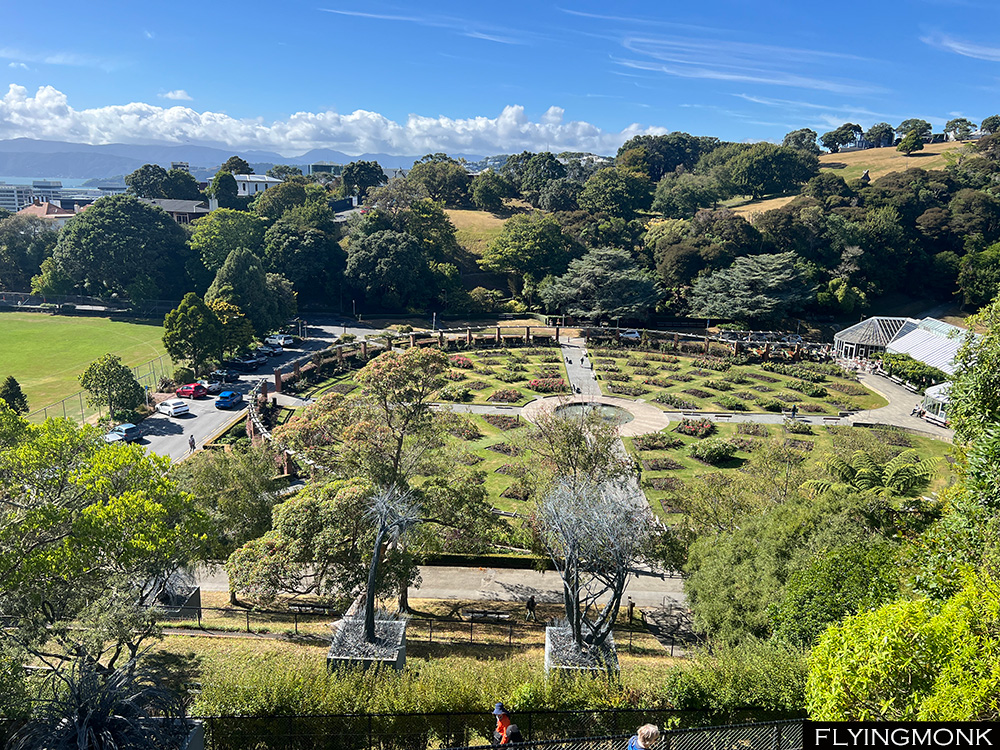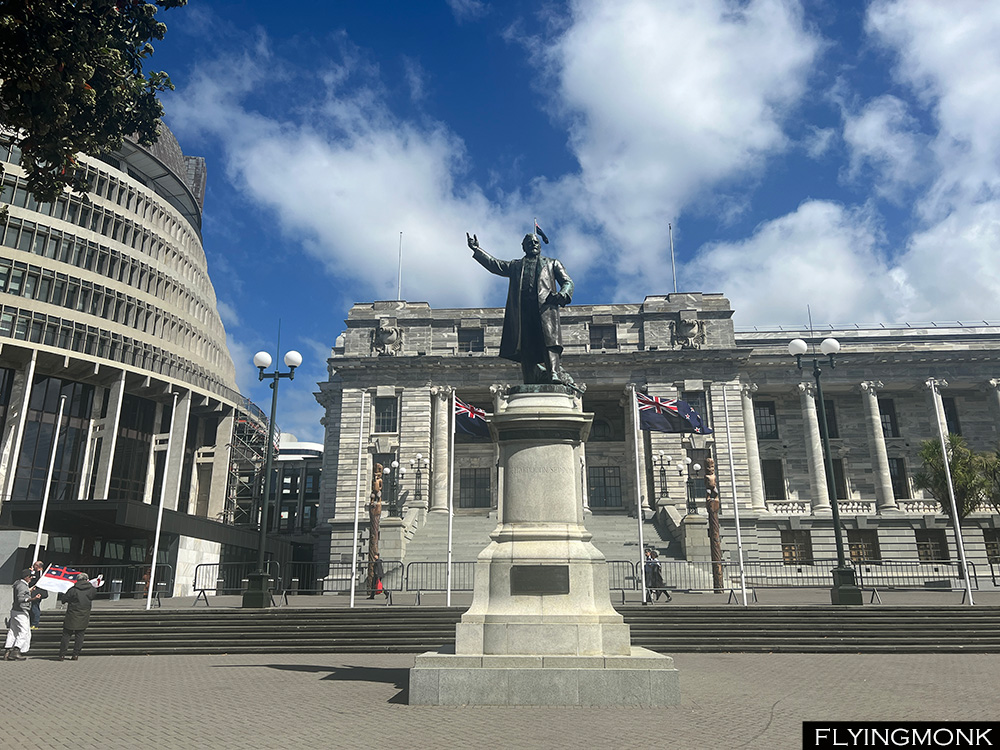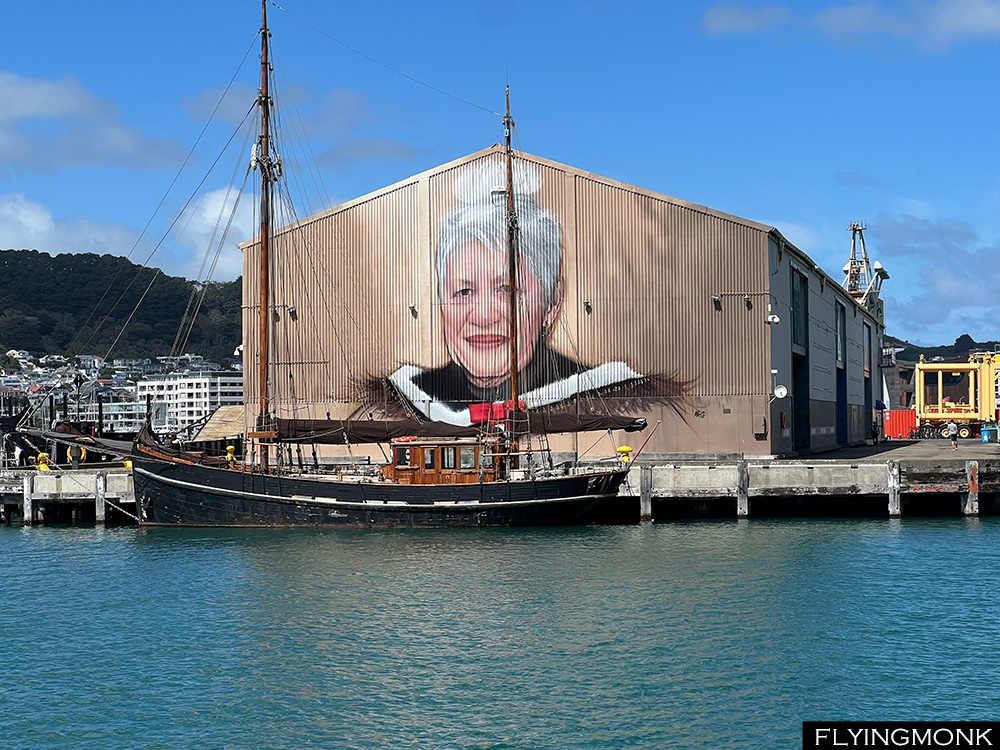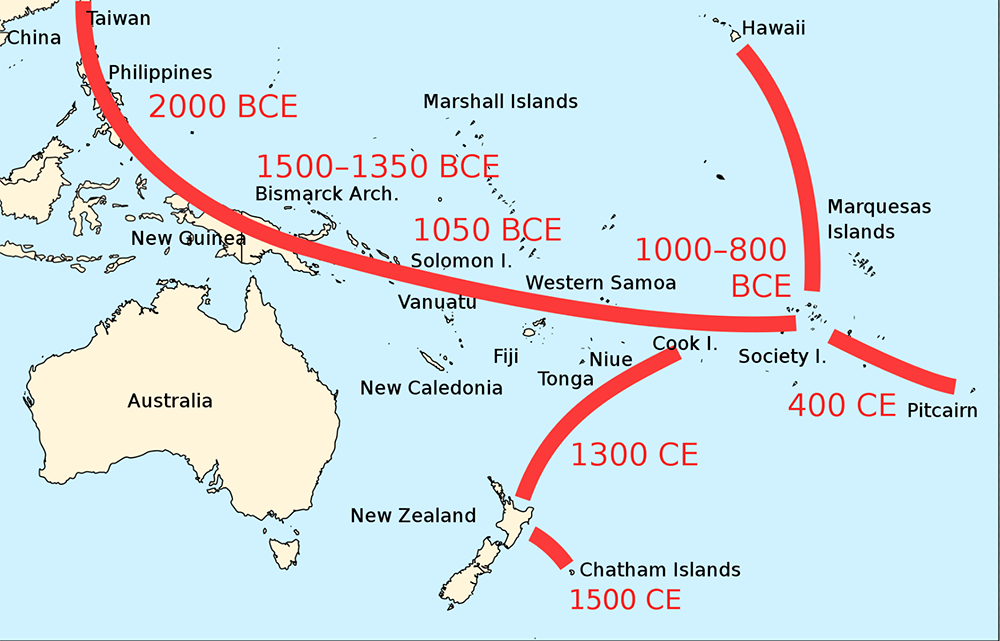
Waimangu Volcanic Valley stands proof of the power of the boiling magma. The crater lake boils raising vapors that float like a veil of clouds on its surface offering a surreal image from above. The 3-mile hike along this boiling valley is done only one way. At the end the trekkers are picked by a bus and returned to the visitor’s center.

Waimangu is a Maori controlled valley. The hike is paved and the park has an entry fee like many of the similar “attractions” around Rotorua. Besides the main track there are several other trails to walk along the river where steam and hot water sprout from the ground bringing up minerals that color the land in an artist palette.

The Tainu iwi settlement opened opportunities for the Maori who embarked on a journey of economic empowerment, establishing a commercial framework that manages its tribal assets. There is a billion dollar Tainui Group Holdings and Waikato–Tainui Fisheries that do business with an emphasis on preserving the tribal tradition and cultural heritage, halting the unchecked development that happen in many other parts of the world.

Mount Tarawera is known in New Zealand for its cataclysmic 1886 eruption when the towering ash column rose ominously, reaching heights of 10 kilometers. Earthquakes and thunderous explosions reverberated throughout the region. A rift, stretching 17 kilometers in length, tore through the mountain and surrounding terrain burring villages and changing the landscape. The pink and white terraces, once the crowning jewels of New Zealand were swallowed by the earth and Lake Rotomahana that expanded in the aftermath of the eruption.

We left Rotorua and drove to our last stop in Waitamo, a place with several glow worms caves just to find all their visiting slots sold out for a week in advance. So we settled for PiriPiri cave with its collection of stalactites and less glowworms during the daylight. However the main drawing point of staying overnight in Waitamo was Ruakari Bush Walk, a forest trail where you could see pockets of glow worms glittering in the night. We found the trail fenced for repairs but we walked around the fence and were able to admire the tiny dots of light hanging from the wet rock. But more light dots we discovered driving back to Waitamo on the phenomenal view of the southern sky and the Milky Way where in the middle of nowhere no specular light would touch the night sky.









You must be logged in to post a comment.